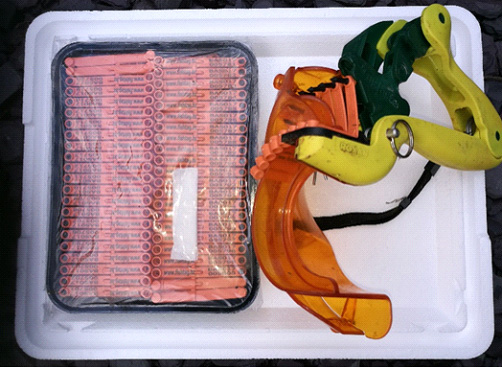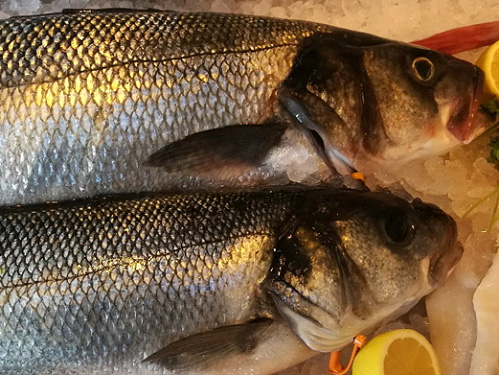Bass Tagging Scheme
Our bass fishery is under threat and a poor understanding of our bass stock and inaccuracies in catch data has resulted in further restrictions on commercial fishing for bass in 2017. To improve our knowledge, WFA-CPC and Succorfish introduced a bass tagging scheme in 2016 linked to the existing CatchApp that could record the location, number and weight of bass caught, retained and released. As with all landings data recorded in CatchApp, confidentiality of the precise location of bass caught is maintained and only broad, low resolution maps of bass landings can be used for presentational purposes. Following a trial of three different tagging methods by six fishermen operating off the south coast in 2016, the lowest cost option (*name of the gun*) was found to be the most suitable and the method was successfully trialled by two fishermen in the North during the summer and autumn of 2017. The bass tagging scheme will be extended again in 2018.

The tag’s serial number allows tagged bass to be traced all the way to the consumer who will be able to find out where and even who caught their bass. In addition to promoting provenance, stewardship and awareness, the tagging scheme could restrict the supply to commercial for illegally caught fish. Following WFA-CPC’s promotion of the scheme in North Wales, The Bull Inn (Beaumaris), Tavern on the Bay (Red Wharf Bay) and Catch 22 (Valley) exclusively buy and promote tagged bass. The WFA-CPC also promoted tagged bass at several food festivals in North Wales, including Beaumaris and Conwy Food Festivals.
